5 May 2023
In conversation with Catherine Nelson: Creating 'Planet Wakehurst'
Something big is coming to Wakehurst, read on to find out more.

This spring, we’re excited to welcome a truly incredible piece of art to Wakehurst.
If you’ve visited us recently, you’re likely to have seen the immense scaffolding enveloping our Elizabethan Mansion.
As we wait patiently for Catherine Nelson’s 1500m2 photo montage, Planet Wakehurst, catch up on her inspiration, influences and the intricate details interwoven into the artwork.
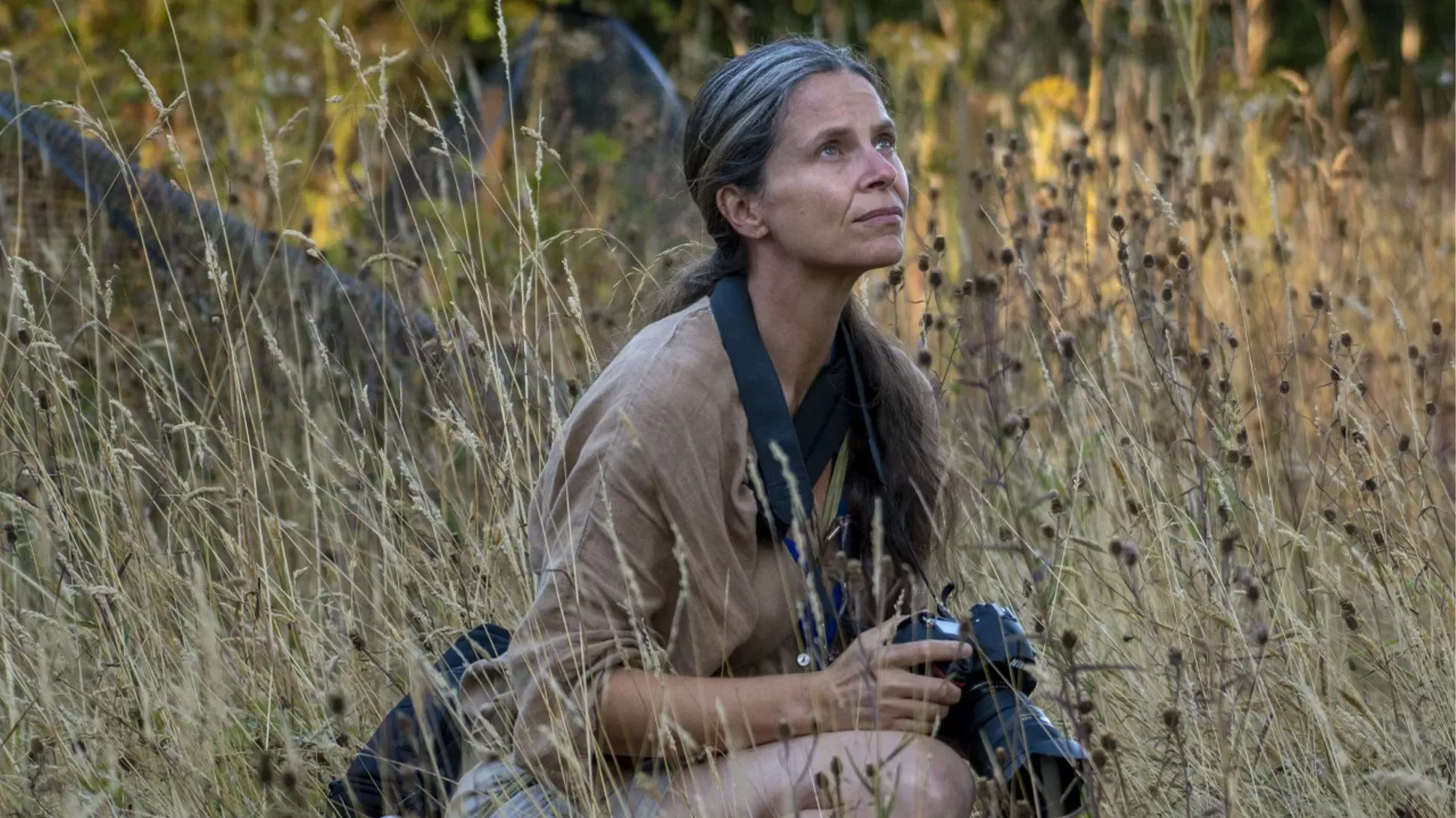
Tell us a bit about your background – what sort of projects have you worked on before?
I am a visual artist who uses the camera and digital medium as a paintbrush.
At art school, I studied painting but soon after graduation, I moved into film VFX working on some big-budget productions such as Moulin Rouge, Harry Potter and 300. It was during my time in the industry that I learned digital skills which I now apply to my paintings.
For over a decade I have been making large photomontage artworks and videos, exhibiting in galleries and museums around the world. When I say large artwork, I usually mean 1.5m x 1.5m!
But this is my first large-scale commission. In fact, I would be surprised if in the future I ever create anything as big as this again.
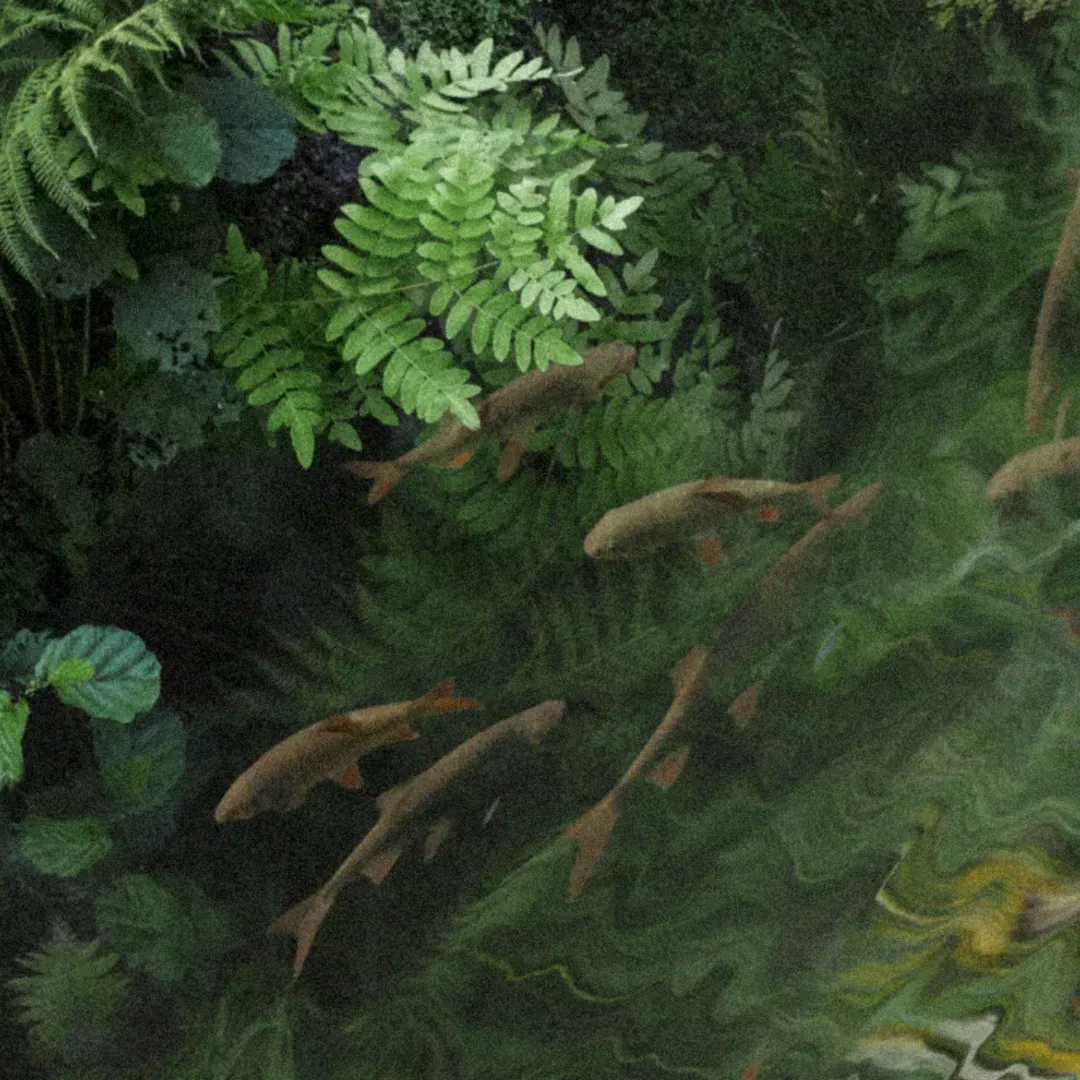
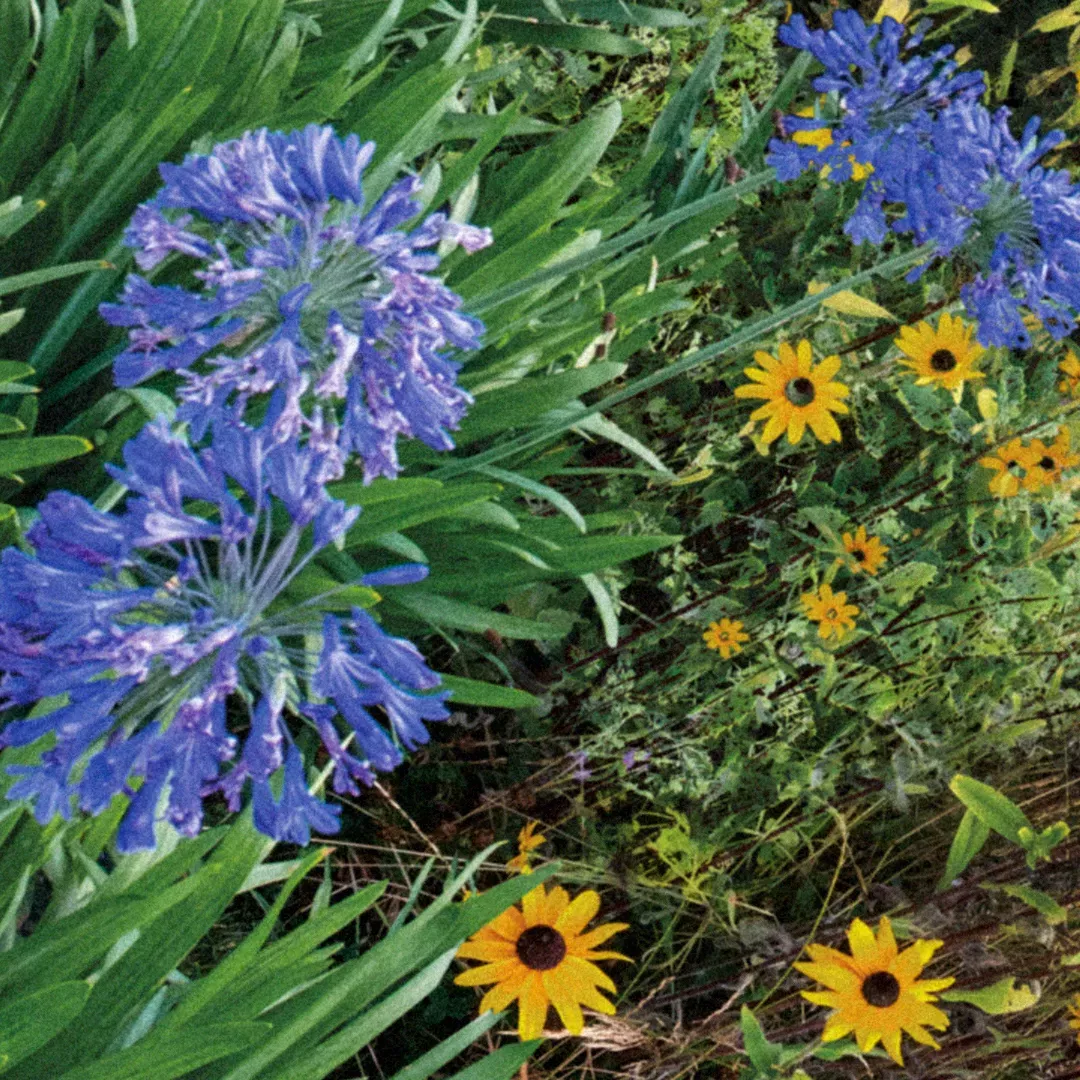
What made this opportunity so appealing to you?
Everything – the site, the institution, the scale, and the subject matter.
My work is about nature with a keen awareness of the need for its conservation. This idea is at the heart of Wakehurst.
Kew is world-renowned not just for its beautiful gardens but everything behind it: the knowledge, the research, and the science. It is a privilege to be working with Wakehurst.
What was your experience of photographing Wakehurst?
I spent eight days in August 2022 photographing Wakehurst. It was so hot and sunny; I did all my shoots early morning and late evening, and my partner joined me for the last five days to shoot the wildlife.
It was amazing to be able to wander throughout the grounds outside opening times.
For the period of the shoot, I stayed at the Millennium Seed Bank. It was an amazing feeling to know I was staying at the most biodiverse place on the planet.

What are some of your influences? Have any particular artists inspired your work?
For Planet Wakehurst I thought a lot about Monet, looking at his summer garden paintings.
I wanted the south elevation to be able to compete with the sunny Wakehurst days, so I kept the palette bright and colourful.
The west elevation instead has a dusk feel.
For the east elevation, I looked at Golden Age landscape paintings with their dramatic skies, wanting to create a different mood for this elevation.
What challenges have you experienced in creating Planet Wakehurst?
Climate change, heatwaves and drought. During my stay, the UK experienced its second heatwave of that summer, and it was confronting to see plants literally wither in front of me.
On my arrival, I noticed stressed plants and trees. An oak, for example, was already turning due to the heat. It was almost overwhelming, and I was consumed with a feeling of sadness.
The biggest challenge was shooting water lilies. As water is at the core of my work, I shoot a lot of water plants. But in August 2022, most of the waterlilies at Wakehurst were shrivelled and brown, so I had to do pick-up shots of some varieties of water lilies in Australia.
Also, the Loder Valley river was a dusty cracked riverbed so in my work I’ve filled it.
Similarly, all the summer blooming azaleas were brown and dry, so I dipped into the Wakehurst photo archives to add some of these plants to the artwork.

How did you incorporate the viewing platform into the piece?
When the viewing platform idea came about, I had already mapped out the work.
It just happened to fall nicely into the foliage and treetops – it was simply good luck that it all worked out.
How do you think this piece reflects Wakehurst?
The work contains plants from all over the world that grow across the Wakehurst site. I think this reflects what Wakehurst is all about -– biodiversity.
.jpg.webp?itok=cIBfoonG)
What is the artwork made of?
The work comprises of hundreds of individual photos taken around the gardens and placed together to create each portion of the globe that is Planet Wakehurst.
The result is always something real yet unreal. I use elements that are real, that is photographs, but put them together using my imagination.
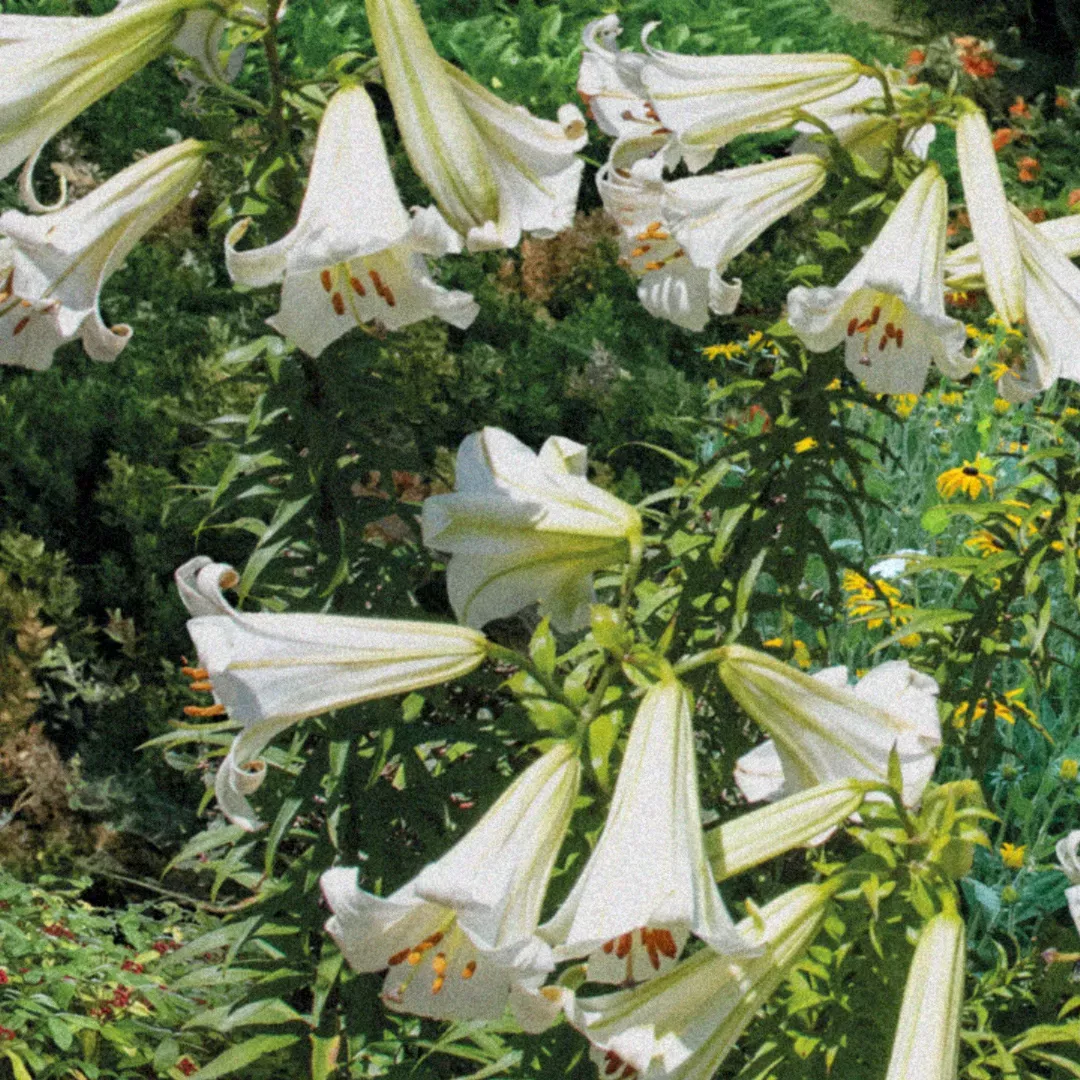
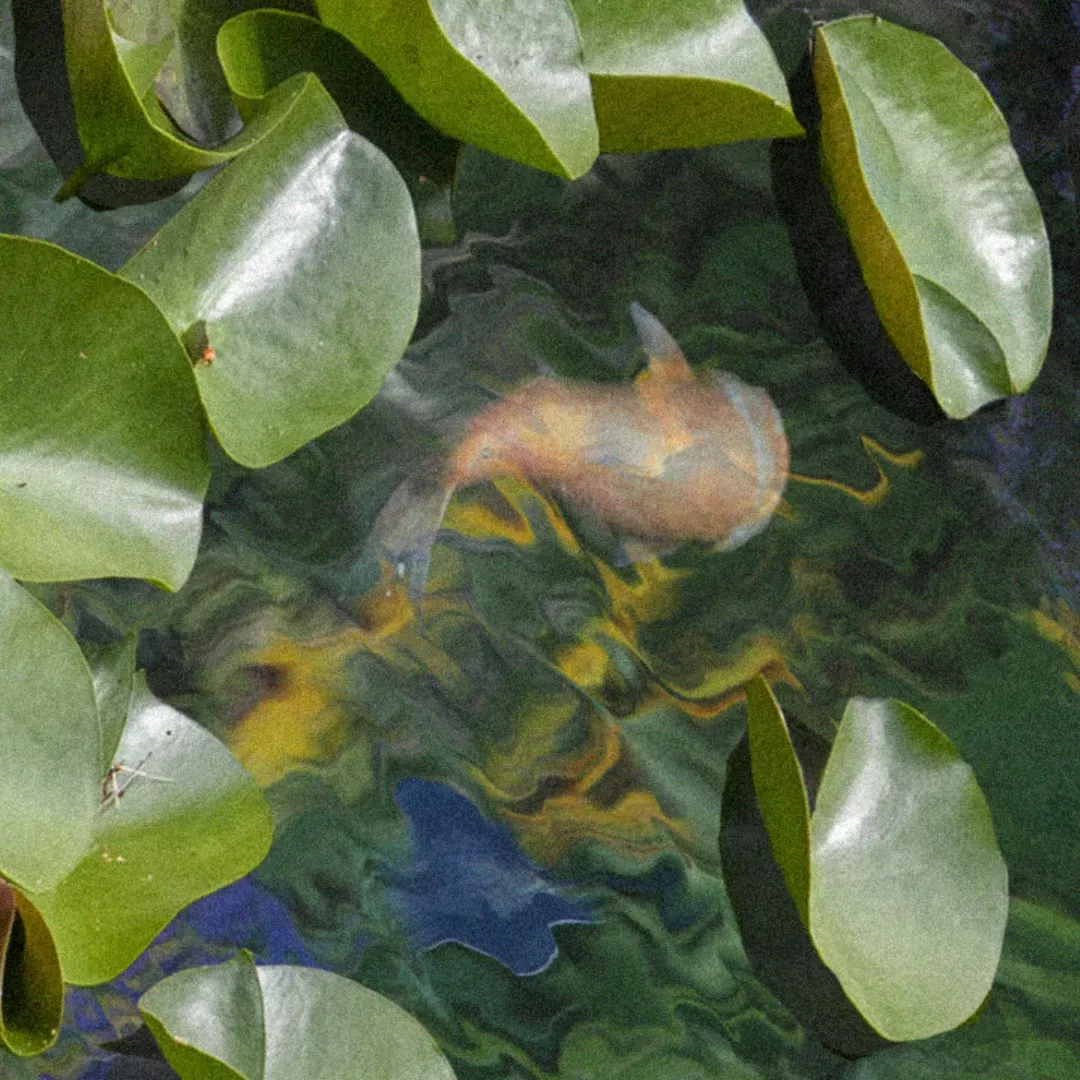
Are there any details our visitors should look out for?
Fish and insects!
I've also included some endangered trees like the monkey puzzle tree which has outlived the dinosaurs and the Wollemi pine.

What are the key takeaways you hope visitors will experience when they encounter your installation?
That it is in the flourishing variety of the local landscape that the fate of the world resides.
We have a beautiful planet, and we need to take care of it.
Planet Wakehurst will be unveiled on 17 May 2023 and will be included in your entry ticket.



.jpg.webp?itok=uZ-2mk7Y)